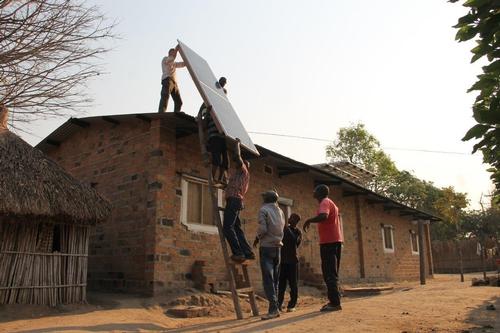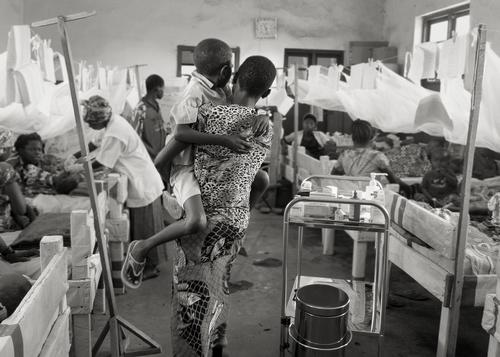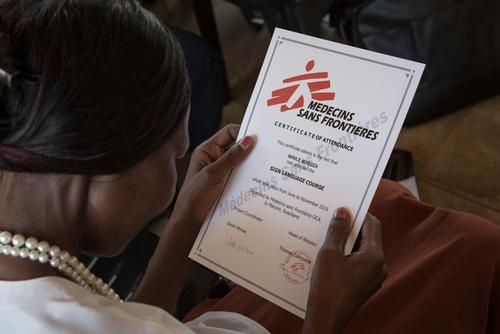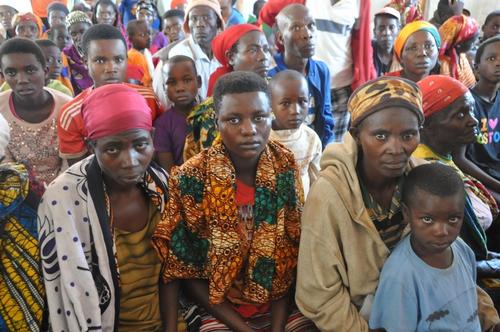After ten years of working in Shamwana, in Tanganyika province in southern Democratic Republic of Congo, MSF handed over its activities to the Ministry of Health on 12 August 2016. MSF supported the Ministry of Health hospital in Shamwana as well as seven surrounding health centres. In cooperation with the Ministry of Health, MSF provided primary and secondary health services, including the treatment of malaria, diarrhea, malnutrition, respiratory tract infections, HIV/AIDS and tuberculosis, as well as surgical, reproductive and mental health services. What made this handover somewhat unique was the fact that it included a newly installed solar power system, currently the only possible solution for ensuring electricity in this extremely off-grid location with no transport access during the rainy season.
When the project handover decision was communicated to our staff and the community in April 2016, the general anticipation was that the Shamwana referral health centre would reduce its activities substantially, and perhaps even close down. However, inspired by the dedication of the Ministry of Health staff, most notably hospital director Dr Daddy Ebwas Mupanda, together we searched for solutions to leave the most sustainable system in place.
The main challenge in the hospital was to ensure electricity and to operate a cold-chain for medical products that require refrigeration. We very quickly concluded that the current energy supply system could not be sustained, since it relied completely on the continuous shipment of approximately 1,000 litres of diesel fuel per month. As with many other locations in the DRC, however, solar energy supply is nearly endless and quite reliable in Shamwana. Therefore, MSF invested in setting up a solar energy system.
A feasible solar power system was designed that will be able to supply electricity for some lighting during night time, some medical equipment and, most importantly, one oxygen concentrator to run non-stop every day. Compared to the former system, the capacity will be roughly one-third. The biggest challenge in designing the system was the production of medical-grade concentrated oxygen, vital for many patients with respiratory diseases, particularly for newborn children and during surgery. Oxygen concentrators consume a great deal of energy, and running only one concentrator continuously requires twelve large solar panels and twelve batteries. For the remaining equipment, an additional four panels and four batteries were installed, making it a fairly large installation in total with a maximum power production of close to 4 kW. In addition, the existing system for supplying the electric water pump was retained and a new solar fridge was installed.
“With the solar power system, the very difficult task of continuing to provide quality healthcare to this vulnerable region has been made possible,” said Dr Daddy at the handover ceremony. “It will still be a challenge to keep operations going in this remote location, but the most vital parts are here.”






